Imagine a world where machines can think, learn, and make decisions just like us. Sounds fascinating, right? Have you ever wondered how your phone understands your voice, how Netflix knows exactly what movies you’ll enjoy, or how self-driving cars operate? The evolution of AI is making this a reality! That’s all thanks to Artificial Intelligence (AI).
Today, AI is used everywhere! Google Assistant and Siri understand what we say. Artificial intelligence helps doctors find diseases faster and even makes online shopping feel more personal. Big companies like Amazon, Google, and Tesla use AI to make their products smarter and more useful for us.
But how did AI reach this point? Can you imagine how machines can learn, understand, and make decisions like humans? In this article, we’ll explore the fascinating journey of AI.
The Birth of AI (1950-1970)
In 1950, British mathematician Alan Turing introduced a groundbreaking idea—the Turing Test. He asked a simple yet powerful question: Can machines think like humans? This idea became the foundation of AI research and set the stage for everything we see today.
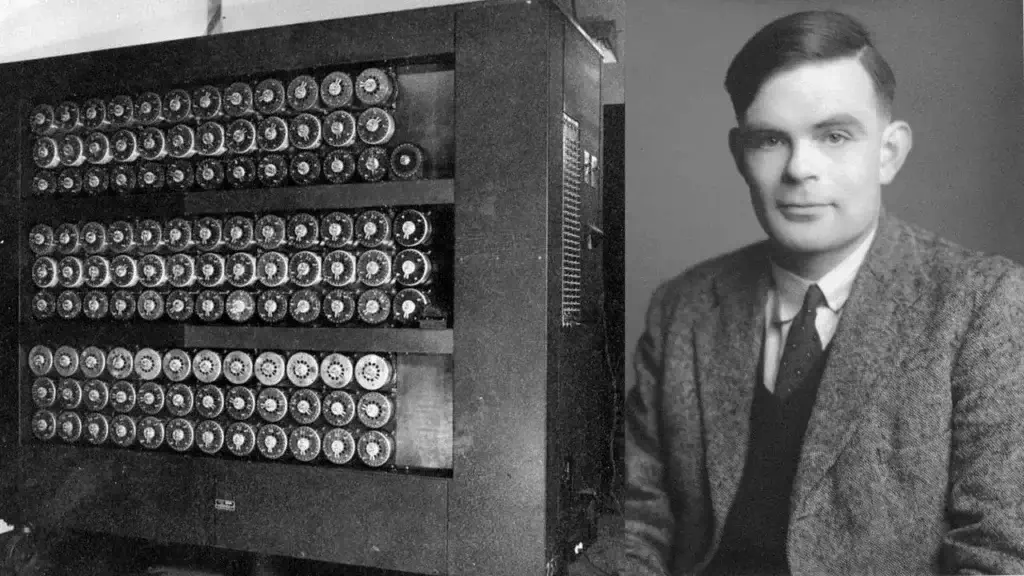
In 1956, John McCarthy and a group of researchers came together at the Dartmouth Conference and introduced a new term—Artificial Intelligence (AI). This event is considered the official starting point of AI as a field of study (source –Wikipedia).
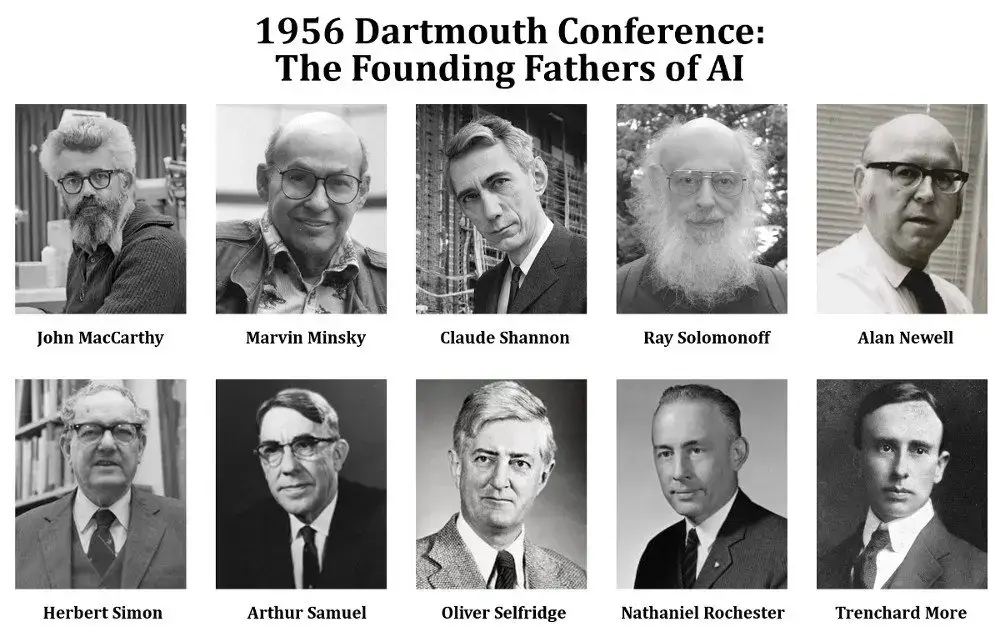
In the early days of AI, scientists built programs that could solve mathematical problems and even play simple games like chess. It was an exciting start, but there was one big challenge: The progress was very slow because of limited computational power.
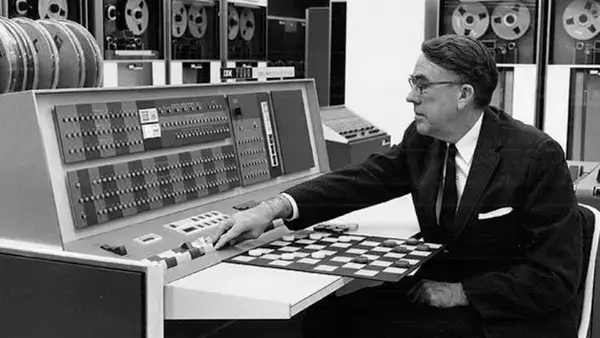
Also Read:
Struggles and Growth of Artificial Intelligence (AI) (1970-1990)
In 1970, AI made a big leap with Expert Systems—programs designed to think like human experts in fields like medicine and engineering. They were impressive and useful, but there was a catch—they were too expensive and hard to maintain.

In the 1980s, AI faced a tough time. People had high expectations, but the technology wasn’t advancing fast enough. As a result, funding dropped, and progress slowed down massively. This period is known as the “AI Winter.”
The AI Boom : Evolution of AI (Period 1990-2010)
In the 1990s, AI took a big step forward with the rise of neural networks, a technology inspired by the human brain. These networks gave AI the ability to recognize patterns, learn from data, and improve over time. This meant machines could now process information more like humans.
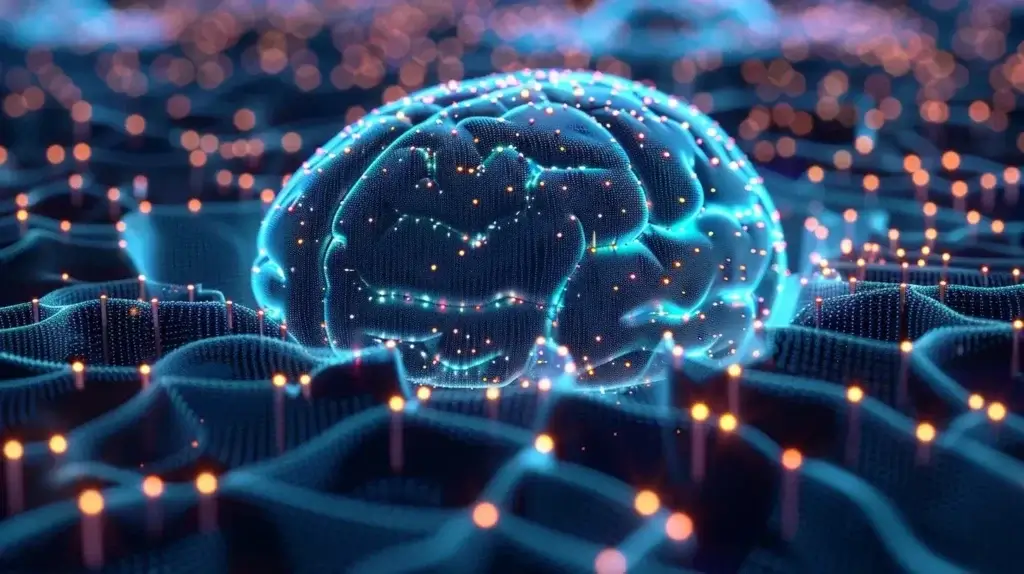
In 1997, IBM’s Deep Blue made history by defeating world chess champion Garry Kasparov. This groundbreaking victory proved that AI could handle complex decision-making and even compete with the best human minds. It was a major milestone in AI development, showcasing its growing intelligence and potential

AI started being used in speech recognition, robotics, and data processing. Companies like Google and Microsoft saw its potential and started investing heavily in AI research.
The Modern AI Revolution (2010 – 2019)
With the rise of big data and improved computing power, deep learning became the backbone of AI advancements. AI systems started outperforming humans in various tasks.
In 2011, IBM Watson won the Jeopardy! quiz show. It proved that AI could understand and process language like humans. This was a big breakthrough for AI!
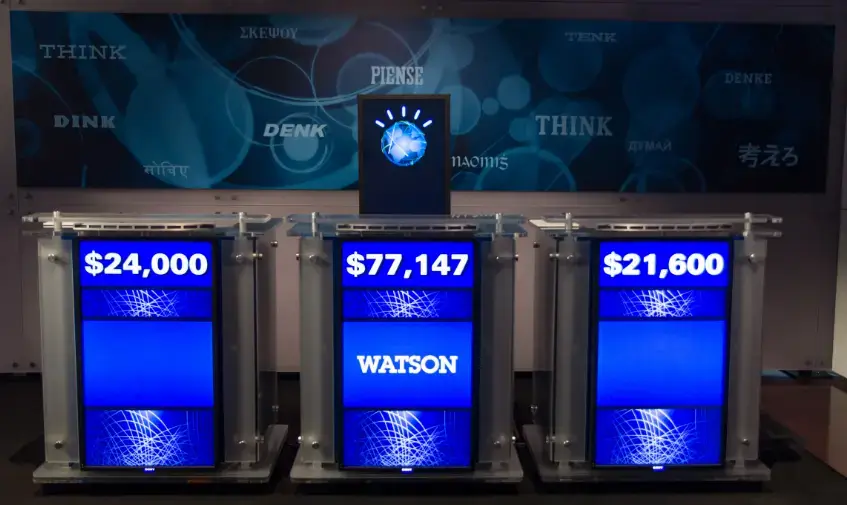
In 2016, Google DeepMind’s AlphaGo defeated Go champion Lee Sedol. This proved that AI could master even the most complex strategy games, showing its incredible learning ability.
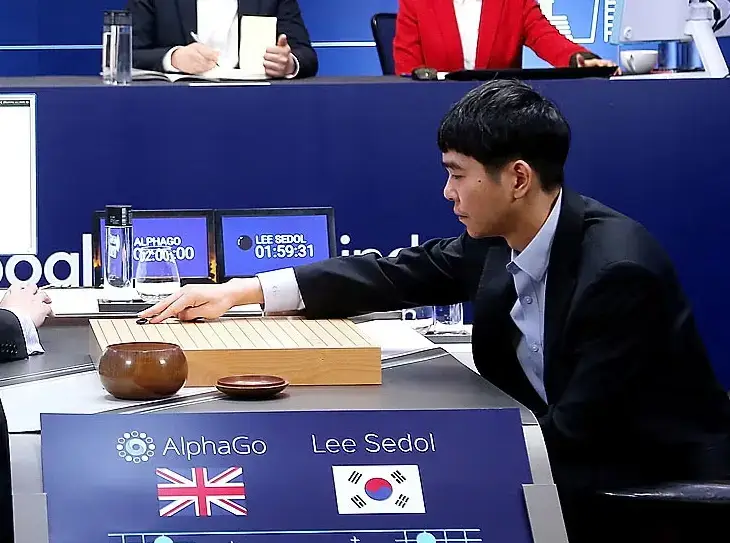
With the development of AI-powered virtual assistants like Siri, Alexa, and Google Assistant, AI became a part of daily life. These smart assistants could answer questions, set reminders, and even crack jokes! They made interacting with technology easier, smarter, and more fun.
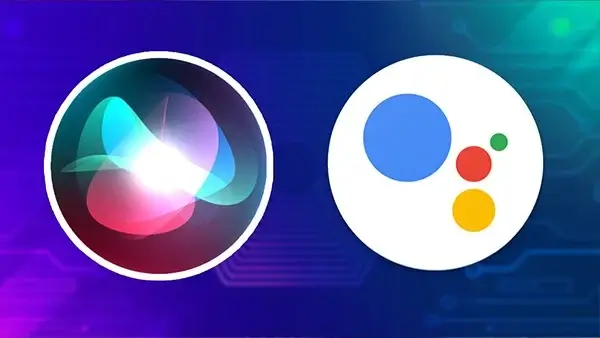
In the 2020s, OpenAI introduced GPT-3 and GPT-4. Now, Artificial Intelligence (AI) can write stories, answer questions, and generate content with amazing accuracy. Chatbots became smarter, and creative tools became more advanced. AI started feeling more natural, and interactions felt smoother and more human-like than ever before!
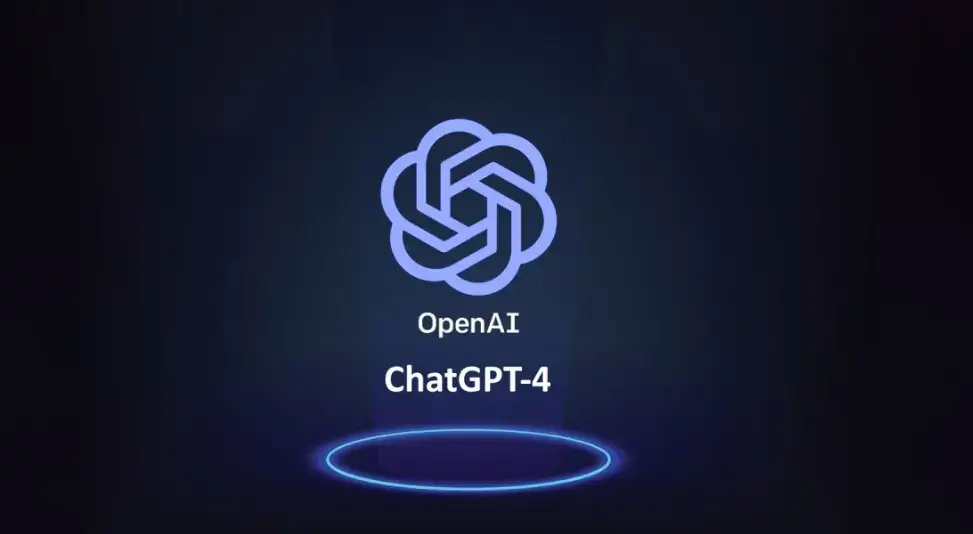
The Difference Between Generative AI and Agentic AI
AI is growing fast, but not all AI works the same way. There are two important types of Artificial Intelligence (AI) Generative AI and Agentic AI. What makes them different? Let’s find out!
Generative AI vs. Agentic AI
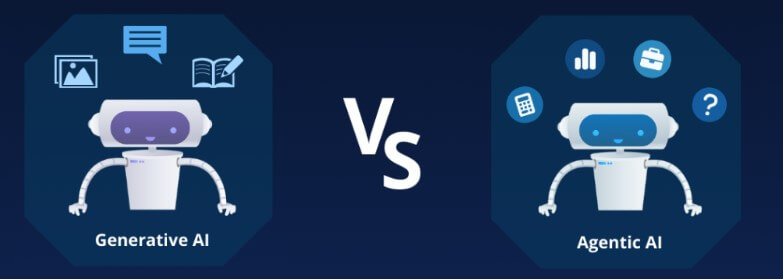
◆ Generative AI – The Creative Genius
Generative AI is like an artist or writer. It creates things—text, images, music, videos—by learning from patterns in data. It doesn’t think on its own but follows instructions to produce amazing, human-like content.
- Examples: ChatGPT, DALL·E, MidJourney, Deep Seek
- Uses: Writing stories, generating art, making music
◆ Agentic AI – The Independent Thinker
Agentic AI, on the other hand, doesn’t just create—it acts. It can make decisions, adapt, and even take action on its own without constant human input. Think of it as an AI assistant that not only answers your questions but also plans, learns, and solves problems in real time.
- Examples: Replit Ai, AgentGPT,Self-driving cars, smart automation bots, AI-powered assistants
- Uses: Managing tasks, optimizing workflows, making real-time decisions
The Future of AI: What’s Next After 2025?
AI is advancing faster than ever, and the future looks even more exciting. Here’s what we can expect:
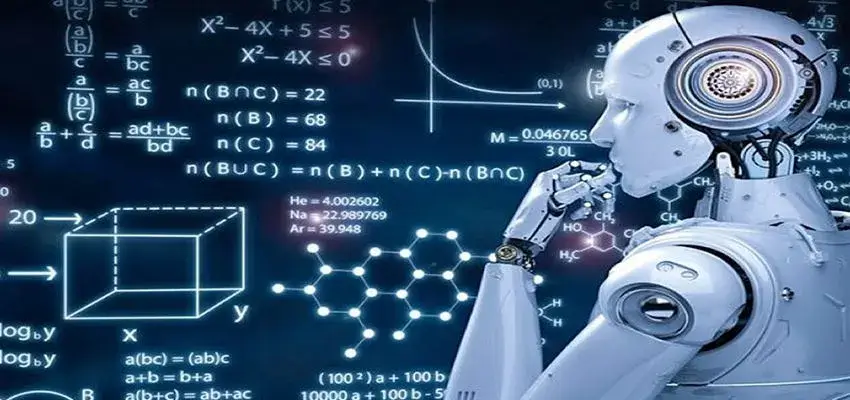
- Smarter AI Assistants – Virtual assistants will become more human-like, understanding emotions and handling complex tasks.
- AI in Healthcare – Faster disease detection, AI-powered surgeries, and personalized treatments will improve healthcare.
- Fully Autonomous AI – AI will make decisions and take actions without human input, from smart homes to self-driving cities.
- Better Creativity – AI will create more realistic art, music, and movies, blurring the line between human and machine creativity.
- Ethical AI – As AI grows, so will concerns about fairness, bias, and privacy, leading to stronger regulations and responsible AI development.
The future of AI isn’t just about smarter machines—it’s about transforming the way we live, work, and interact with technology.
How AI is Changing Our Daily Lives
AI is no longer a thing of the future—it’s already a big part of our everyday life! Here’s how:
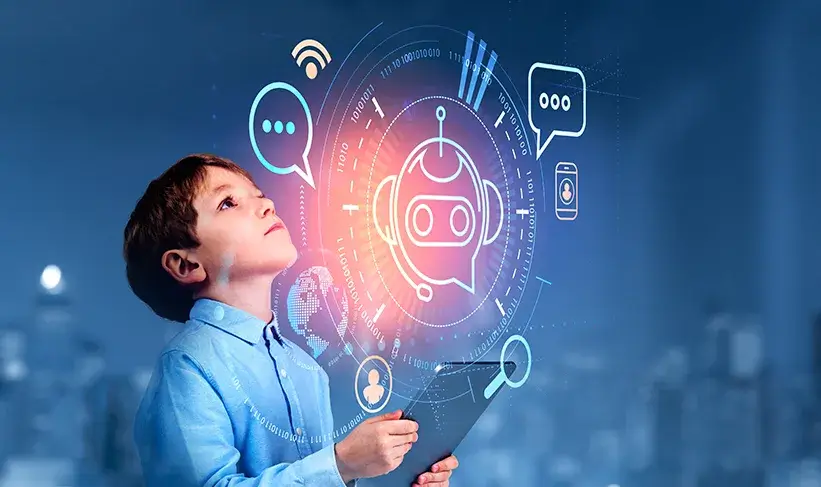
- Smart Assistants – Siri, Alexa, and Google Assistant help us set reminders, search the web, and even control smart homes.
- Personalized Recommendations – Netflix suggests movies, Spotify picks songs, and shopping apps recommend products—thanks to AI!
- Healthcare Innovations – AI helps doctors detect diseases faster and even assists in surgeries.
- Smarter Transportation – AI powers self-driving cars, traffic management, and ride-sharing apps like Uber.
- Better Security – Face recognition, fraud detection, and cybersecurity tools keep our data safe.
- Automated Work – AI handles emails, schedules, and repetitive tasks, making work more efficient.
From entertainment to healthcare, AI is making life easier, faster, and more personalized.
Frequently Asked Questions (FAQs)
Q1: When did AI start?
Ans: AI officially started in 1956 at the Dartmouth Conference.
Q2: Who invented Artificial Intelligence?
Ans: John McCarthy is credited with coining the term “Artificial Intelligence.”
Q3: What is the future of AI?
Ans: AI is expected to advance in automation, machine learning, and AGI, impacting various industries.
Q4: How does AI learn?
Ans: AI learns through machine learning and deep learning, which analyze vast amounts of data to improve performance.
Q5: Will AI take over human jobs?
Ans: AI will automate repetitive tasks, but new job opportunities will emerge in AI management and ethics.
Conclusion: The AI Revolution is Just Beginning!
AI has come a long way—from a futuristic idea to a game-changer in our daily lives. It’s making our world smarter, faster, and more efficient. But with great power comes great responsibility! As AI continues to evolve, it brings both exciting opportunities and big challenges.
What do you think AI will look like in 2050? Will it make life easier, or will it reshape the world in ways we can’t even imagine? Drop your thoughts in the comments below!
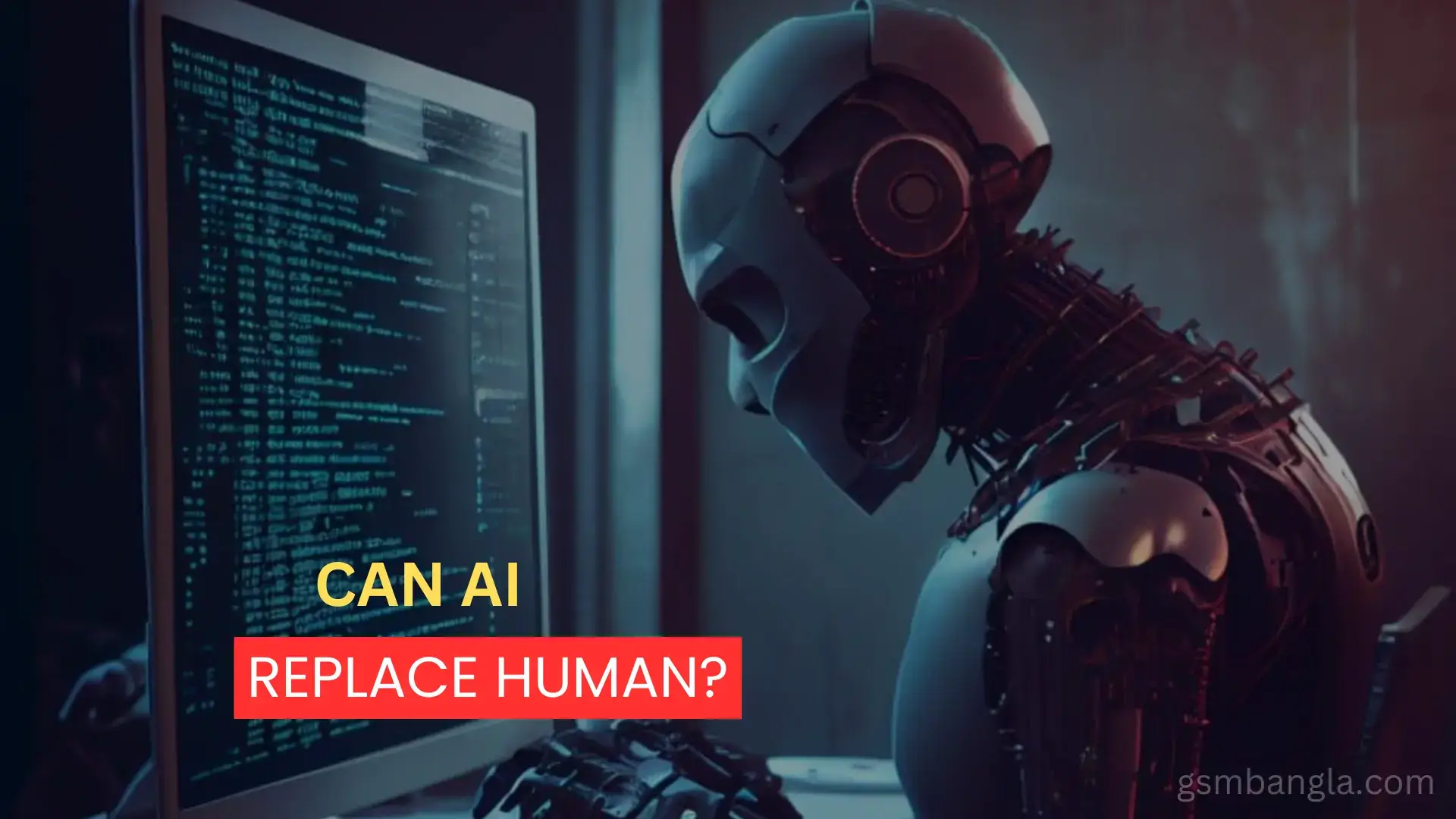


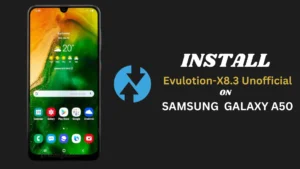


Related Posts
How to Flash Samsung Galaxy A50 Firmware File (SM-A505F) | All Binary (1-9)
Guide to Unlock The Samsung Galaxy A50 Bootloader
How to Install Evulotion-X8.3 Android 14 GSI Custom ROM on Samsung Galaxy A50 (Unofficial)